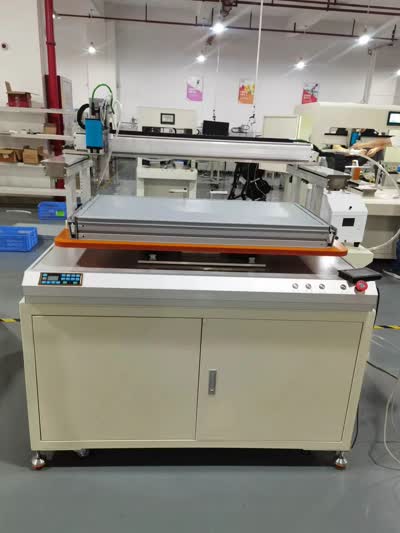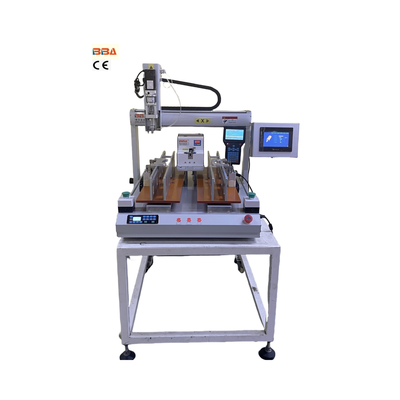Multi-Axis Screw Locking Robots | Precision Automation Solutions
| Product Name | Applicable industries |
| Screw Fastening Unit | Automotive Electronics Assembly |
Multi-Axis Movement in Screw Locking Robots
The evolution of assembly line technology has consistently moved towards greater precision, flexibility, and efficiency. At the forefront of this revolution are advanced screw locking robots, whose capabilities are fundamentally defined by their sophisticated multi-axis movement systems. This technology is transforming complex manufacturing processes, ensuring unparalleled accuracy in even the most intricate assembly tasks.
Traditional automation often relied on fixed, single-axis systems that required precise positioning of the workpiece. Modern multi-axis screw locking robots break free from these constraints. By incorporating multiple articulated joints—typically ranging from four to six axes or more—these robots can position their end-effector (the screwdriver unit) in virtually any orientation within their work envelope. This articulation mimics the dexterity of a human arm, allowing the robot to approach a screw from the optimal angle, even if it is located on an uneven surface, deep within a product's assembly, or on a sharply angled plane.
The Engineering Behind the Movement
The core of a multi-axis system is its robotic arm, which is built upon a series of servo-driven joints. Each axis provides a specific type of movement: rotational, linear, or pivotal. The synergy between these axes is managed by a powerful motion controller that calculates complex kinematic paths in real-time. This ensures the screwdriver head moves smoothly and directly to its target coordinates without unnecessary motion or vibration, which is critical for maintaining high cycle times and preventing damage to sensitive components.
Furthermore, this movement is often enhanced with advanced force-feedback and vision systems. The robot can not only see the screw hole using integrated cameras but also "feel" the engagement and tightening process. If an obstacle is encountered or the screw cross-threads, the multi-axis system allows for minute corrective movements—a slight tilt or a small retraction—to compensate and ensure a perfect lock every time.
Impact on Production Quality and Flexibility
The advantages of multi-axis movement extend far beyond mere flexibility. For manufacturers, this technology translates directly into higher product quality and reduced waste. Consistent, perpendicular screw insertion, achieved through precise angular adjustment, minimizes the risk of stripped threads, damaged screws, and compromised product integrity. The result is a more reliable end product and a significant reduction in costly rework.
From a operational standpoint, these robots offer immense flexibility. A single multi-axis robot can be programmed to perform screw locking operations on multiple, vastly different product lines simply by switching software programs. This eliminates the need for dedicated, hard-automated stations for each product, allowing for more agile manufacturing and quicker changeovers. Production lines can be adapted to new designs with minimal physical alteration, future-proofing the manufacturing investment.
In conclusion, multi-axis movement is not merely an incremental improvement but a foundational shift in automated screw locking technology. It provides the dexterity, intelligence, and adaptability required to meet the escalating demands of modern industrial assembly. As products continue to become more complex and consumer expectations higher, the role of these sophisticated robots will only become more central to achieving manufacturing excellence.


